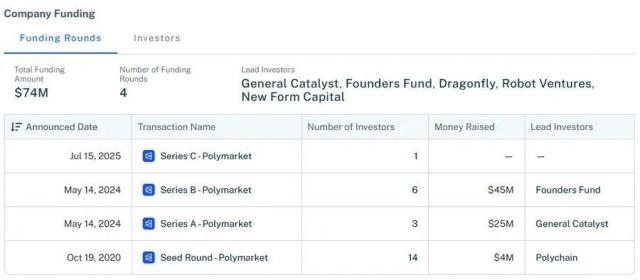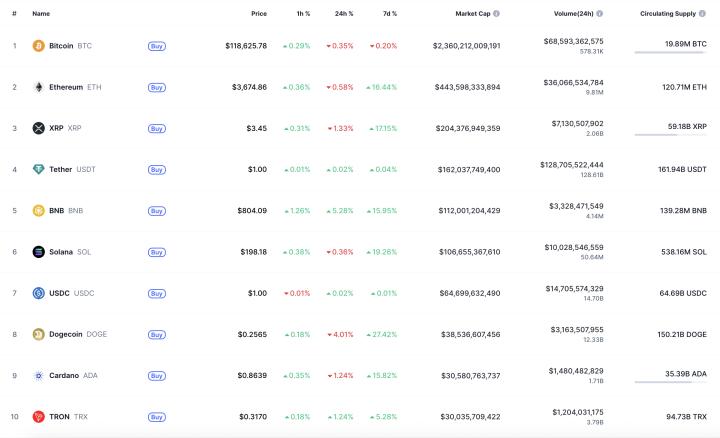Chainfeeds Preface:
"Strategy is not competing with other Bitcoin treasury companies, but competing with all junk bonds and investment-grade corporate bonds."
Article Source:
https://www.odaily.news/post/5204802
Article Author:
Odaily
Perspective:
Odaily: Recently, the trend of corporate BTC reserves has significantly heated up, with multiple companies acquiring BTC assets through equity financing or debt methods. Profusa and Ascent Partners Fund reached an agreement to raise $100 million for BTC purchases; H100 Group raised approximately $54 million to continue its BTC reserve strategy. Meanwhile, the US retirement fund market may become the next potential battlefield. According to the Financial Times, Trump plans to sign an executive order allowing retirement fund plans managing $9 trillion in assets to invest in alternative assets like BTC and gold. This could make BTC-focused listed companies investment hotspots. Strategy (formerly MicroStrategy) founder Michael Saylor further promoted his BTC Credits Model, noting that companies can exchange BTC assets through equity issuance and credit, with BTC becoming the highest-quality collateral. He emphasized this is an "elegant and simple" model that generates stable returns through BTC-denominated assets and packages them into market-attractive securities (such as preferred stocks and convertible bonds) to attract traditional capital flow, especially from retirement markets seeking stable returns. Saylor detailed how to design corporate revenue models based on BTC. He stated that traditional dollar accounting is unsuitable for BTC-denominated companies, thus proposing BTC yield rate as a core indicator to measure asset appreciation efficiency. Companies can obtain BTC returns through three methods: purchasing BTC with operating profits, issuing equity at a premium, and selling BTC-backed credit instruments like bonds. He further introduced the design logic of convertible preferred stocks STRK and STRF: the former offers an 8% coupon with 40% stock appreciation potential, while the latter provides a 10% yield. These tools offer downside protection and fixed dividends during volatility and are defined as BTC bonus products. He believes this structure is superior to spot ETFs like IBIT, capturing 80%-100% of BTC price increases while controlling downside risk to around 10%. This model provides conservative investors a channel to participate in BTC appreciation and promotes BTC credit asset expansion in capital markets. Saylor emphasized that BTC treasury companies should focus on issuing BTC-backed credit instruments, aiming to challenge traditional junk bonds, corporate credits, and preferred stock markets. He envisions creating a single, highly liquid, BTC-collateralized super preferred stock and encourages global companies to replicate this model to legitimize BTC credit instruments and drive rating system reform. He noted that current financial instruments largely stem from outdated 20th-century credit models, while BTC can bring superior credit, risk control, and return performance. Regarding regulatory challenges, Saylor mentioned that exchange KYC is not a BTC issue but a sovereign nation's restriction on identity and economic freedom. He advocates using technological innovation to bypass censorship and achieve greater economic autonomy and privacy protection. He emphasized that BTC and its Layer 2, 3, 4 technologies will lead global financial infrastructure transformation, with the current BTC market cap at $2.3 trillion, standing at a critical stage of accelerated innovation and global expansion. Through BTC-supported financial engineering, companies can create more efficient and risk-resistant capital return mechanisms for investors.
Content Source







